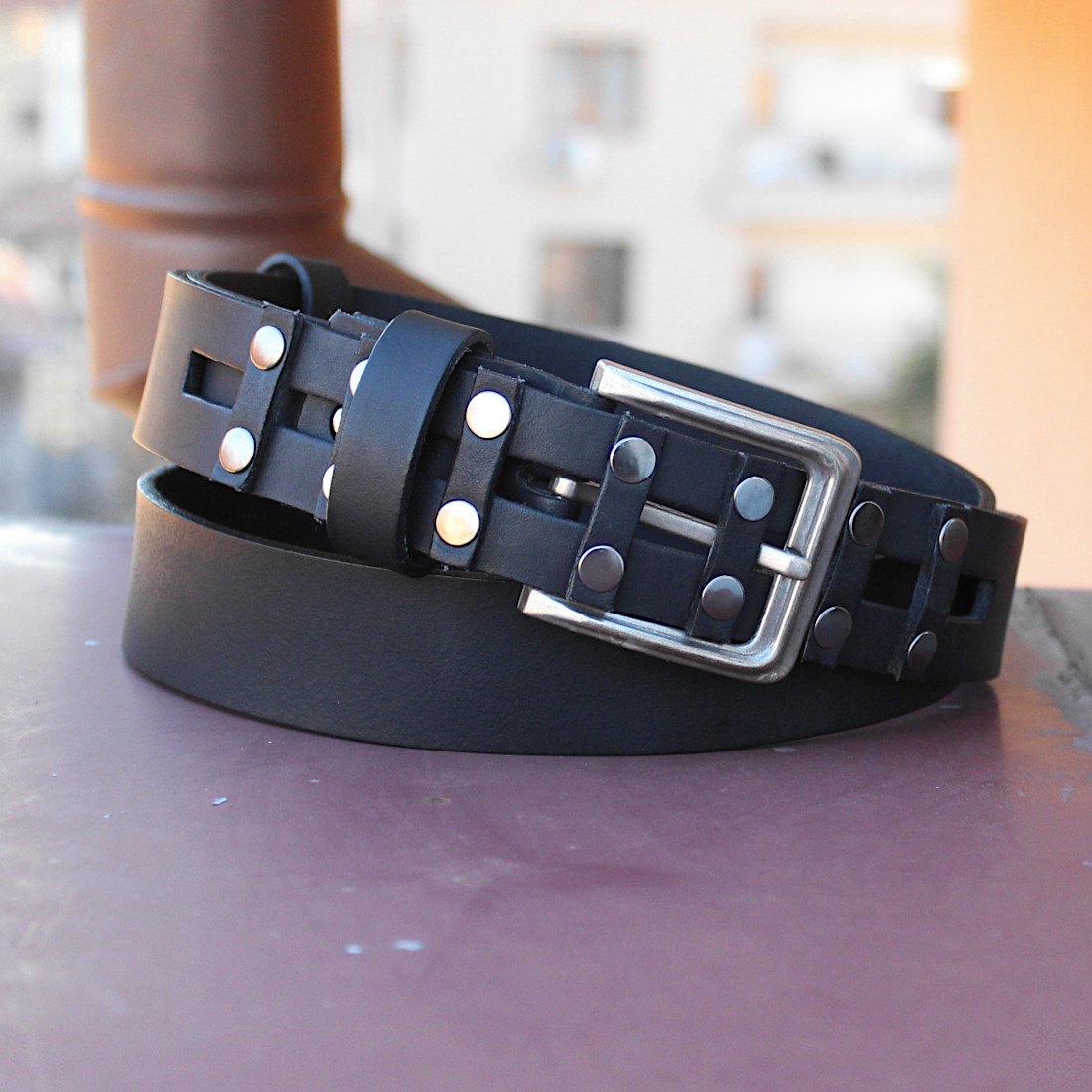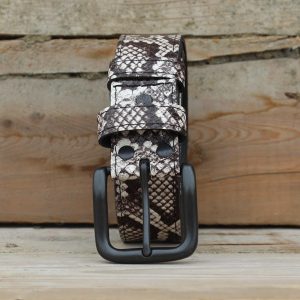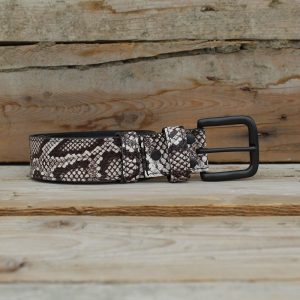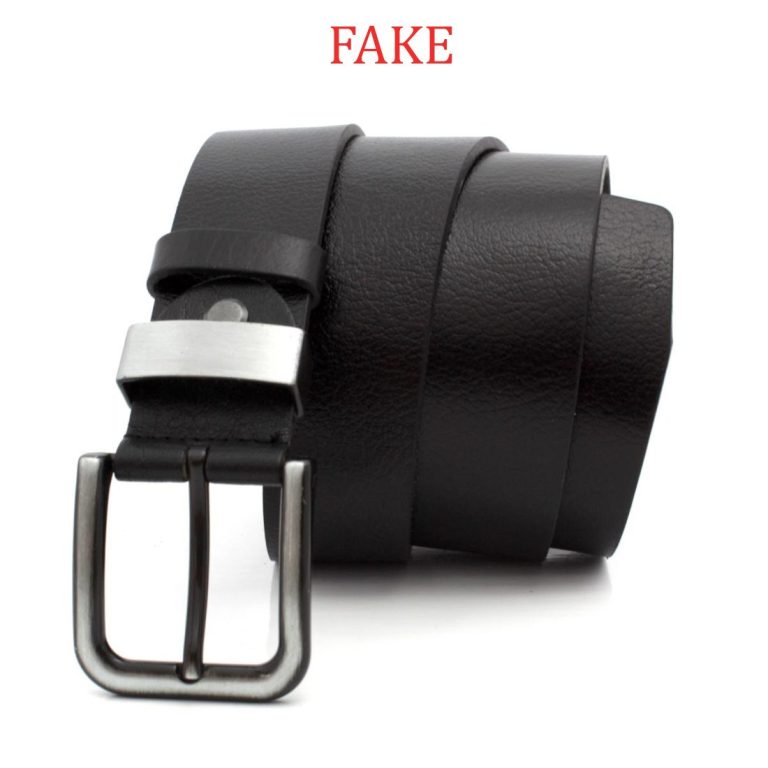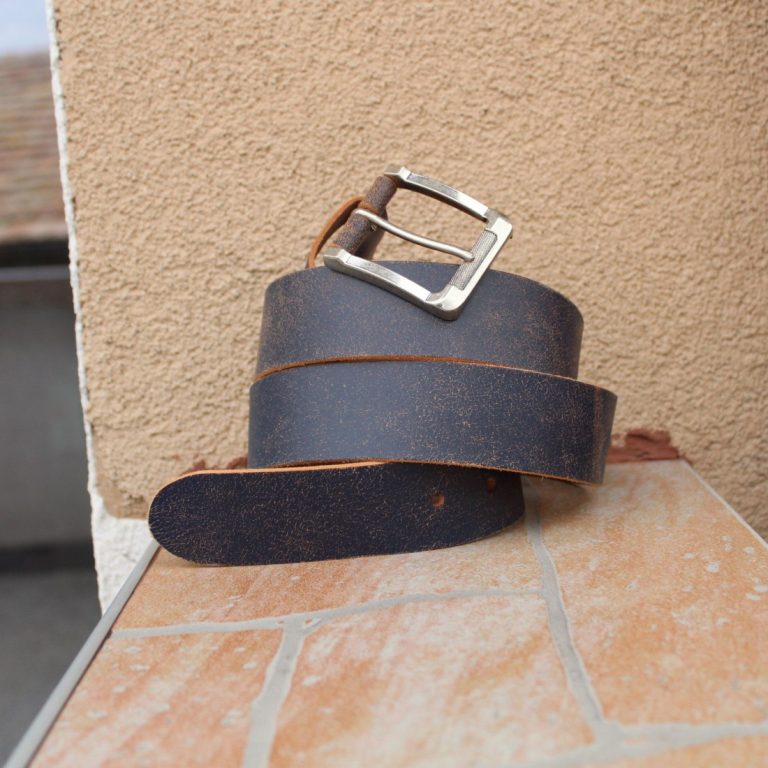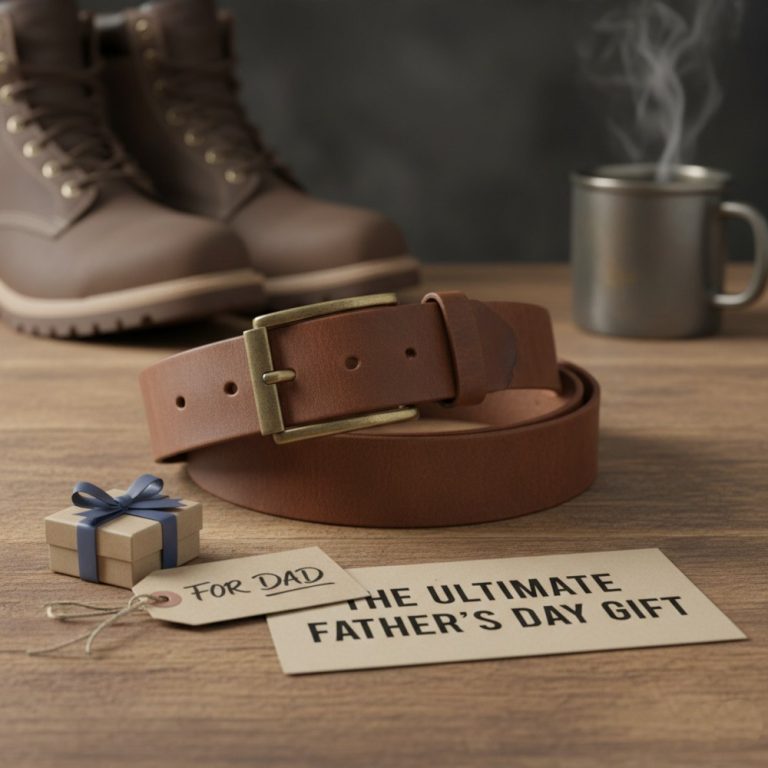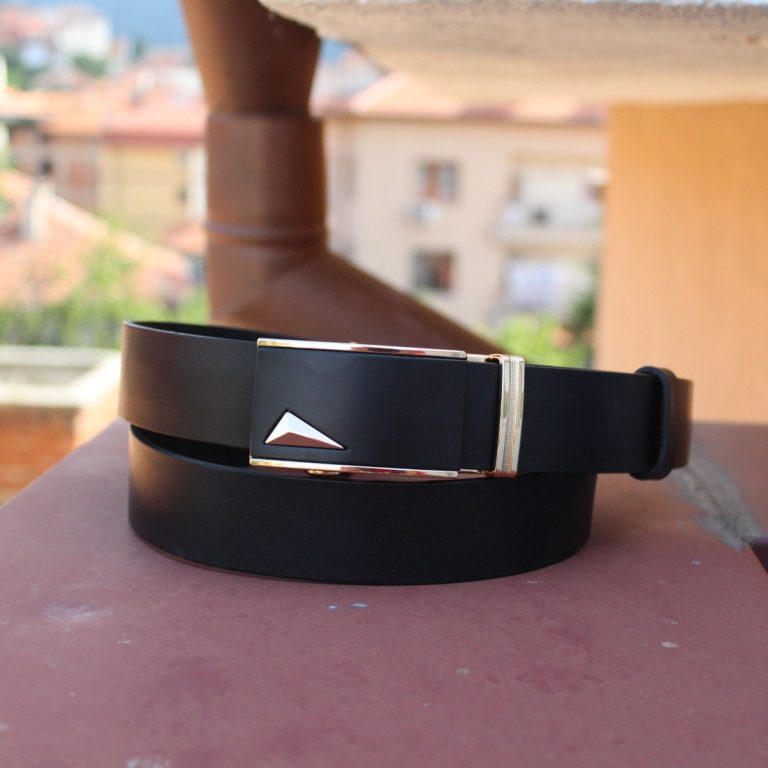Let’s settle this: a man’s belt is not just a functional tool to hold up his pants. It’s a foundational element of his style, a mark of his attention to detail, and one of the few accessories he wears every single day. But in an age of disposable fashion, most belts are poorly constructed, made from low-quality materials, and destined for the landfill within a year.
There is a better way. A handmade leather belt is the antithesis of all that. It is an investment in quality, a lesson in craftsmanship, and a piece designed to not only last for years but to look better with each one.
This guide cuts through the noise. We’ll break down the styles that matter, demystify the fit, and—most importantly—explain the undeniable value of craft, so you can choose a belt that truly lives up to the task.
The Handmade Difference: It’s Not Hype, It’s Hardware
Forget the flimsy, genuine leather belts from the mall. Here’s what you’re actually getting with a handmade belt:
► The Right Leather: Artisans use full-grain or top-grain leather. This is the strongest, most durable part of the hide. It has natural character and will develop a rich patina—a unique darkening and sheen that tells the story of its use. This is the sign of a belt that ages with you, not against you.
► Construction That Lasts: The signature of quality is saddle stitching. Done by hand with two needles and waxed thread, this stitch is incredibly strong and flexible. If it ever breaks (unlikely), one stitch won’t unravel the whole belt. Compare that to cheap machine stitching.
► Details That Don’t Quit: Look at the edges. On a handmade belt, they are burnished—rubbed and polished to a smooth, rounded finish that prevents fraying. The buckle is made from solid brass or nickel, not thin, plated metal that will snap or corrode. These aren’t just details; they’re the difference between a product and an heirloom.
Style Decoded: Choosing the Right Belt for the Job
There is no single “best” belt. There is only the right belt for the occasion.
1. The Dress Belt
► The Look: Sleek, sophisticated, and understated. Typically between 1.25″ and 1.5″ wide with a simple, elegant buckle (like a box frame or a slight plaque).
► The Rule: Match your leathers. Your belt color should closely match your shoe color (e.g., black belt with black shoes, brown with brown).
► Wear It With: Suits, dress trousers, and any occasion requiring a polished, professional look.
2. The Casual Belt
► The Look: Rugged, versatile, and everyday. Usually 1.5″ wide with a more substantial buckle (a classic pin buckle is a go-to).
► The Rule: This is your workhorse. It’s about complementing your style, not perfectly matching it.
► Wear It With: Jeans, chinos, shorts, and any outfit where function and relaxed style are key.
3. The Reversible Belt
► The Look: The ultimate in practicality. Offers two colors in one (almost always black and brown) with a mechanism to swap the buckle from side to side.
► The Rule: A genius solution for travel or minimizing closet clutter. It’s the “one belt to rule them all” for the minimalist.
► Wear It With: Everything. It’s designed for maximum versatility.
The Non-Negotiable: How to Get the Perfect Fit
► A great belt is useless if it doesn’t fit. Skip the vague “pant size + 2” advice and do this instead:
► The Proven Method: Take a belt you already own that fits well.
► Lay it flat on a table with the buckle facing left.
► Measure from the fold of the leather where it meets the buckle to the hole you use most often.
► That number is your belt size. Use this to select your new belt. This method is foolproof.
Pro Tip: A well-fitting belt should fasten on the middle hole. This gives you room to adjust for big meals or weight fluctuations.
The Craftsmanship Checklist: What to Look For
When you’re evaluating a belt, either online or in person, run through this list:
| Feature | What to Look For | Why It Matters |
|---|---|---|
| Leather | Full-Grain or Top-Grain | Develops a patina; maximum durability. |
| Stitching | Hand-Saddle Stitching | Superior strength and flexibility. |
| Edges | Painted vs. Burnished | Burnished edges are smooth, durable, and won’t fray. |
| Buckle | Solid Brass/Nickel | Will not break, bend, or corrode like plated metal. |
| Hardware | Quality Rivets/Keepers | Secure construction that withstands daily tension. |
Caring for Your Investment
A belt of this quality requires minimal but meaningful care:
► Condition It: Every 6-12 months, use a small amount of natural leather conditioner (like mink oil) to keep the leather supple and prevent drying or cracking.
► Store It: Don’t crumple it in a drawer. Hang it or coil it loosely.
► Wear It: The best thing you can do for it is to wear it. The natural oils from your hands and the friction from your pants will help develop its unique patina.
The Bottom Line: It’s About Respect
Choosing a handmade leather belt is a decision to respect your own style, to value craftsmanship over convenience, and to own fewer things that are objectively better.
It’s the satisfaction of buckling up a tool that you know won’t fail you. It’s the silent confidence that comes from knowing the details are right.
This isn’t just about holding your pants up. It’s about holding yourself to a higher standard.
Ready to upgrade your most-worn accessory? Explore our collection of handmade leather belts, built for a lifetime of wear and designed to become yours alone.

